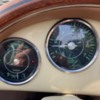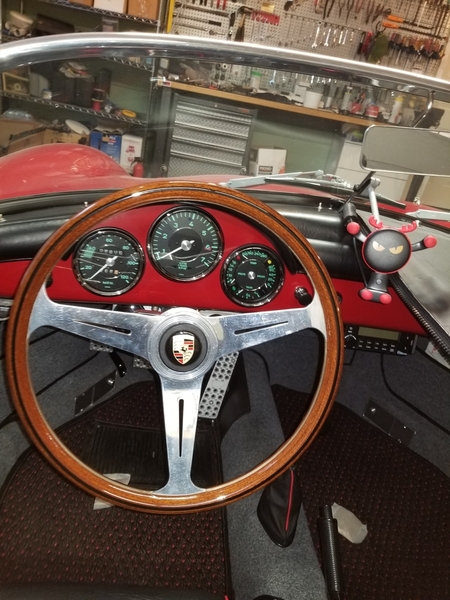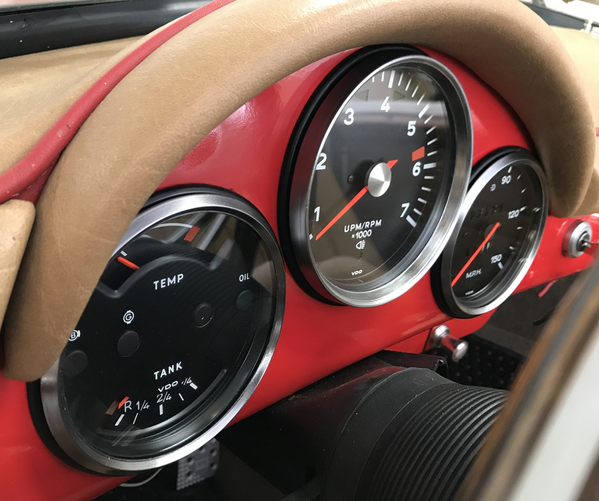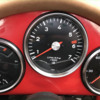My speedo indicates I'm going about 10 mph faster than I actually am. This is at a real 65 mph (so it incorrectly reports 75 mph). I'll have to confirm, but I'm assuming this ~15% proportion of error is constant across all speeds.
This is a safety issue, and that should be reason enough to address it. But also, I find myself thinking I'm going the speed limit (65 mph here in Cali) but actually poking along at ~55 mph. Good thing our cars are pretty, so no one gave me too much attitude for my 2 hr drive on the highway home after buying it. But even more, the odometer must be accruing ~15% more mileage than is actually true, that's not fair!
Anyway, I'm thinking to install a speedo / odo ratio adapter. They can be made custom to the proportion of speed up/down that you need. There are also various offerings on Amazon / eBay / etc with preset adjustment percentages. However, apparently their claims about compatibility can't be trusted much, so you have to know exactly what you're ordering.
I know I have Porsche 914 VDO gauges- whether Chinese knock off I don't know. Nobody seems to know what ratio adapter fits the speedo (after calling around to some of the usual suspects, without naming names). I'm assuming it's metric, but I don't know the mm. I'm not even sure what shape it should be! Looks like a square rod with rounded corners. The attached photos are of the back of my speedo gauge, and the cable coming from the transmission that fastens to the gauge. Hopefully the adapter can be installed at this end as opposed to down at the tranny (but I can lift the car if need be).
Pls excuse the quality of the photos, I can take much better shots in a few days.
(Ps, just for anyone who lands on this topic in the future, there are other solutions to this problem. I believe the gauge itself can be re-worked to adjust for the difference. Or changes nearer the transmission can be made, I believe. Or you can use a GPS-based sensor to report the speed. But the adapter route seems to be the quickest/easiest/cheapest).
(Double ps, for posterity & completeness' sake, one way to measure speed error is have a modern car with an accurate speedo go X mph, sync your speed with them, read your own gauge. This is what I did while driving the car home on the first drive. But a smarter way is to simply download one of many free speedo smart phone apps. Or, of course, a GPS device if you have one.)





















